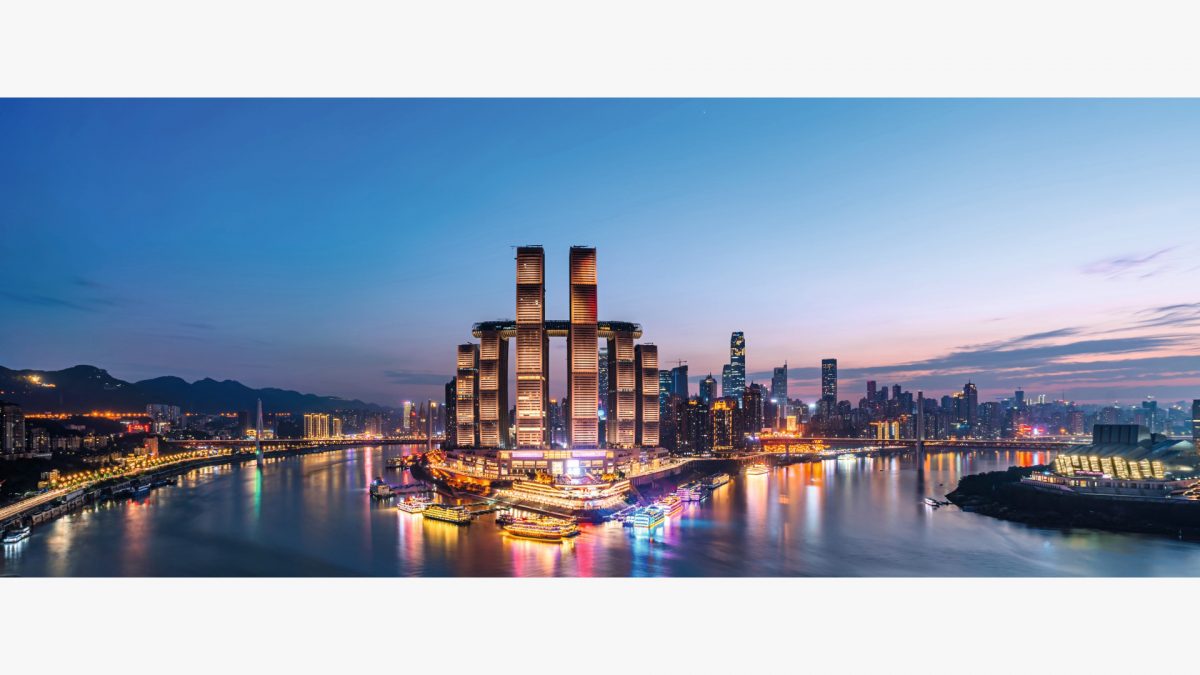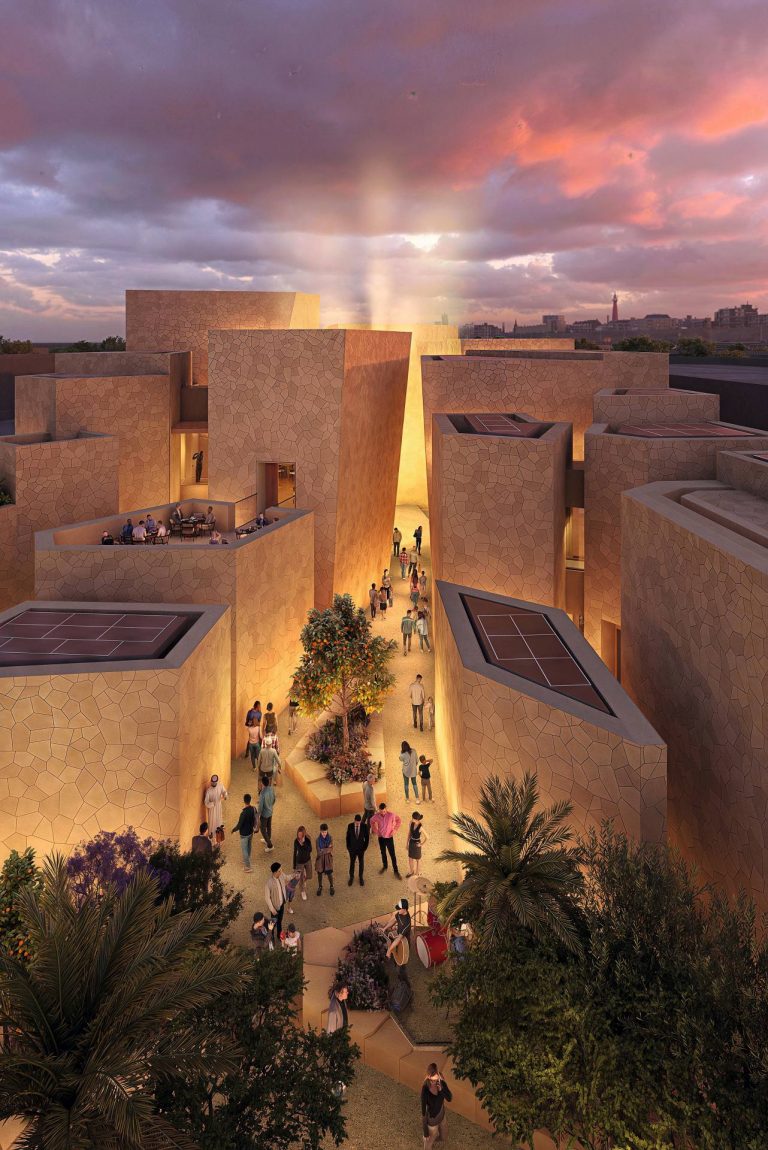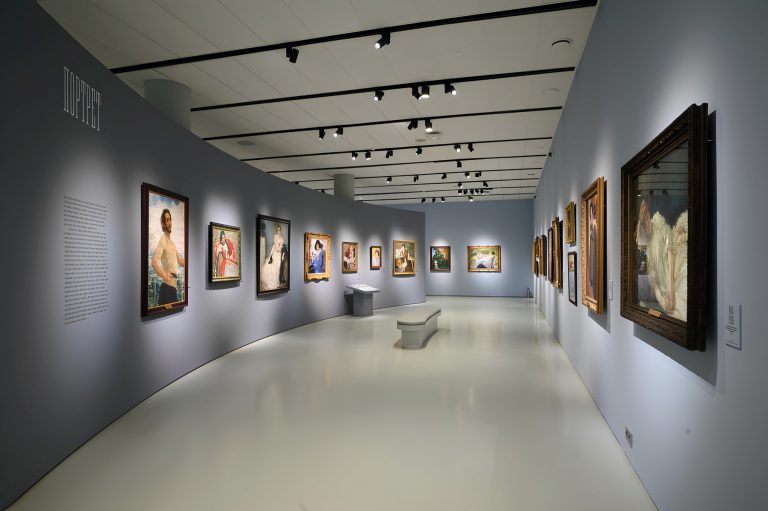The Soviet architecture of the 1920s continues to inspire contemporary designers. We explore how the legacy of the avant-garde is being reinterpreted today, using a few notable examples.
The renowned tower designed by avant-garde artist Vladimir Tatlin was intended as a monument to the Third Communist International, envisioned as an “office” for its leaders. The design consisted of two slanted metal helices, with buildings of various shapes distributed along their height. Interconnected, these helices were designed to rotate at varying speeds, ranging from one revolution per year to one per hour. The plan was to install two radio masts at the very top. The tower made a significant impact, but unfortunately, it was never constructed.
Tatlin’s Tower in Indonesia
In 2016, Indonesian architects from PHL Architects attempted to reimagine Tatlin’s Tower. They proposed constructing a similar structure in Jakarta. The center of the 400-meter skyscraper was to house apartments, with real gardens and dairy and meat farms interspersed between the residential floors. A transportation hub was also supposed to be located there. The ambitious project garnered significant media attention but ultimately remained a concept on paper.

Patriarch Residential Complex
The Patriarch residential complex in Moscow Patriarch’s Ponds appears to be a fusion of all architectural styles and eras. Built in 2002, it is the result of a collaboration of an architect group led by Sergey Tkachenko, who interpreted the history of 20th-century Russia in their own unique way through this project. The building’s most recognizable feature is a scaled-down replica of the Comintern monument designed by Tatlin. While the grand avant-garde concept remained unrealized, it significantly influenced the evolution of engineering, not only in the Soviet Union but globally. Tatlin’s Tower, positioned atop the Patriarch, transformed the building into an art installation and a subject of ongoing debates among architects and art historians.

Horizontal Skyscraper in China
Modern designers often draw inspiration from another representative of Soviet avant-garde architecture — El Lissitzky’s iconic horizontal skyscrapers, invented in the mid-1920s. These were intended to be built in Moscow, eliminating the need to demolish historical buildings as the main part of the structures were to be situated on top. T-shaped high-rise buildings frequently appear in architectural designs worldwide. A recent example is the Raffles City skyscraper complex in Chongqing, China, built in 2019. This monumental structure, designed by Moshe Safdie and the Chongqing Institute of Architecture, comprises eight towers reaching up to 354 meters in height and a shared stylobate. Even though the architects used a Chinese sailboat as inspiration, El Lissitzky’s horizontal skyscrapers can be seen in the silhouette of Raffles City.

Red Gate
This year will see the completion of the RED7 multifunctional complex in Moscow, located at the intersection of Academician Sakharov Avenue and the Garden Ring. Designed by the Dutch firm MVRDV, the building mirrors the constructivist monument across the street — the People’s Commissariat of Agriculture building (designed by Alexey Shchusev), echoing its color and some facade elements. RED7 boasts a modular design, which gives it a distinctive and recognizable silhouette. The complex even earned the unofficial nickname of Moscow Red Gate.

Russian Avant-Garde
In 2001, Dutch architect Erick Van Egeraat created a design for an elite residential building, intended to be constructed on Bolshaya Yakimanka in Moscow. Drawing inspiration from the Soviet art of the 1920s, it was named Russian Avant-Garde. Five vibrantly colored asymmetrical towers represented the works of key Russian avant-garde artists — Wassily Kandinsky, Alexander Rodchenko, Lyubov Popova, Kazimir Malevich, and Alexandra Exter. To fully immerse residents in the artistic environment, Egeraat proposed situating art galleries next to the apartments. While the project has not been realized, it may still have its moment in the future.
Photo: stock.adobe.com, red-7.ru, zhk-patriarh.ru, evolo.us


